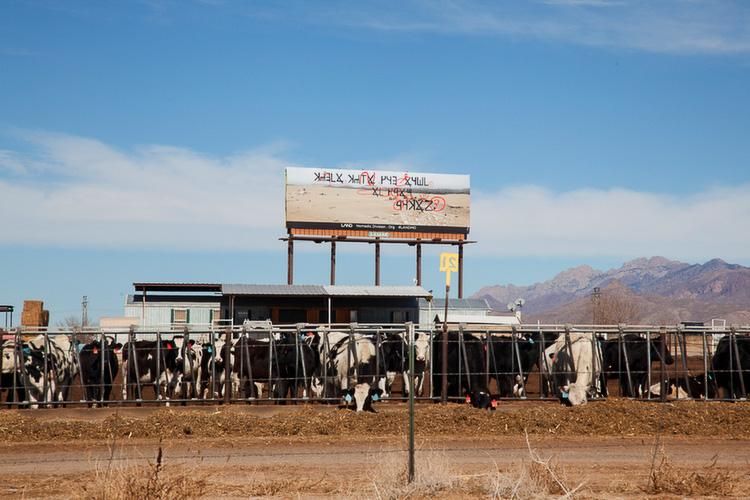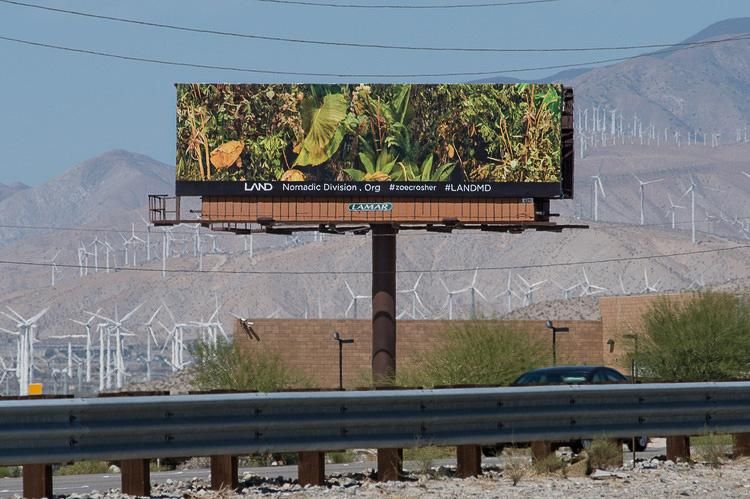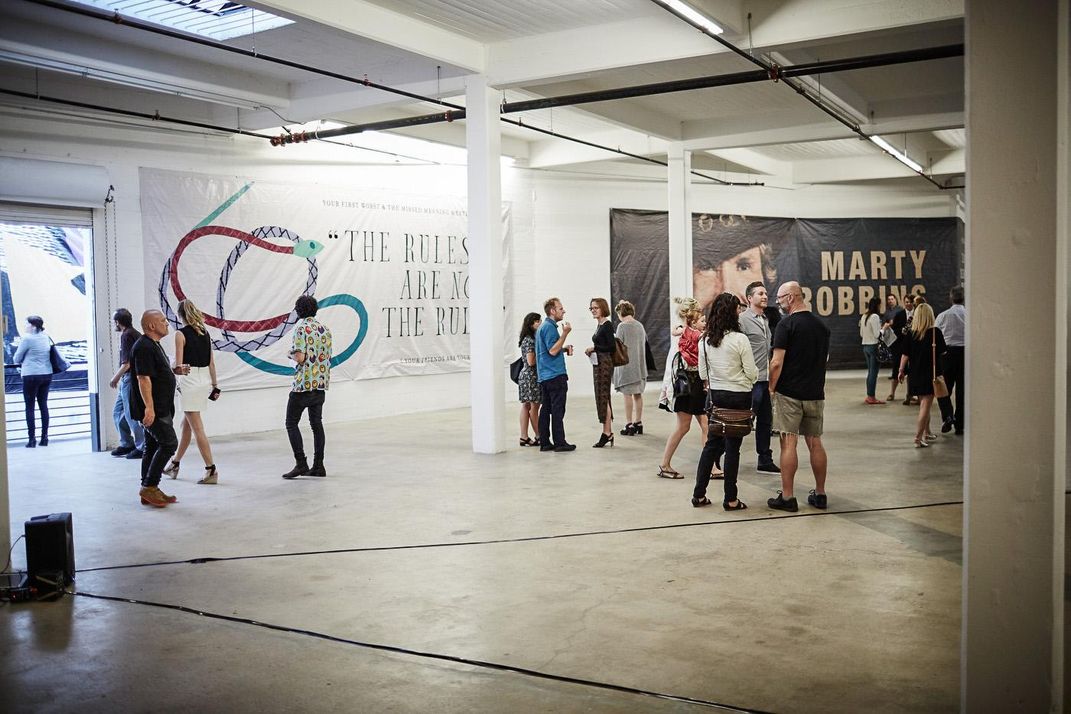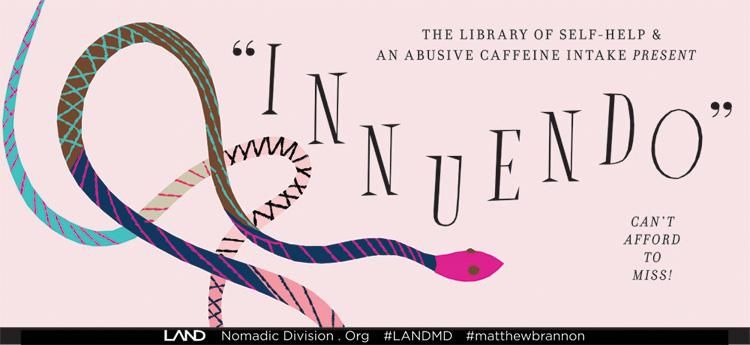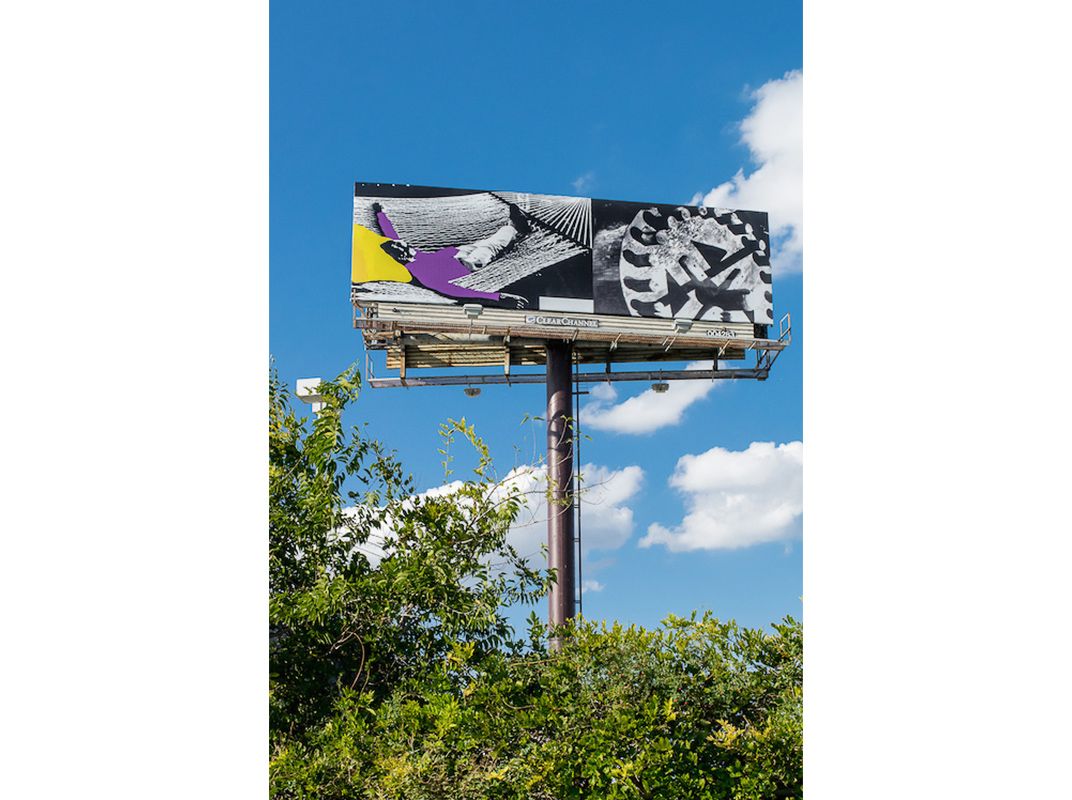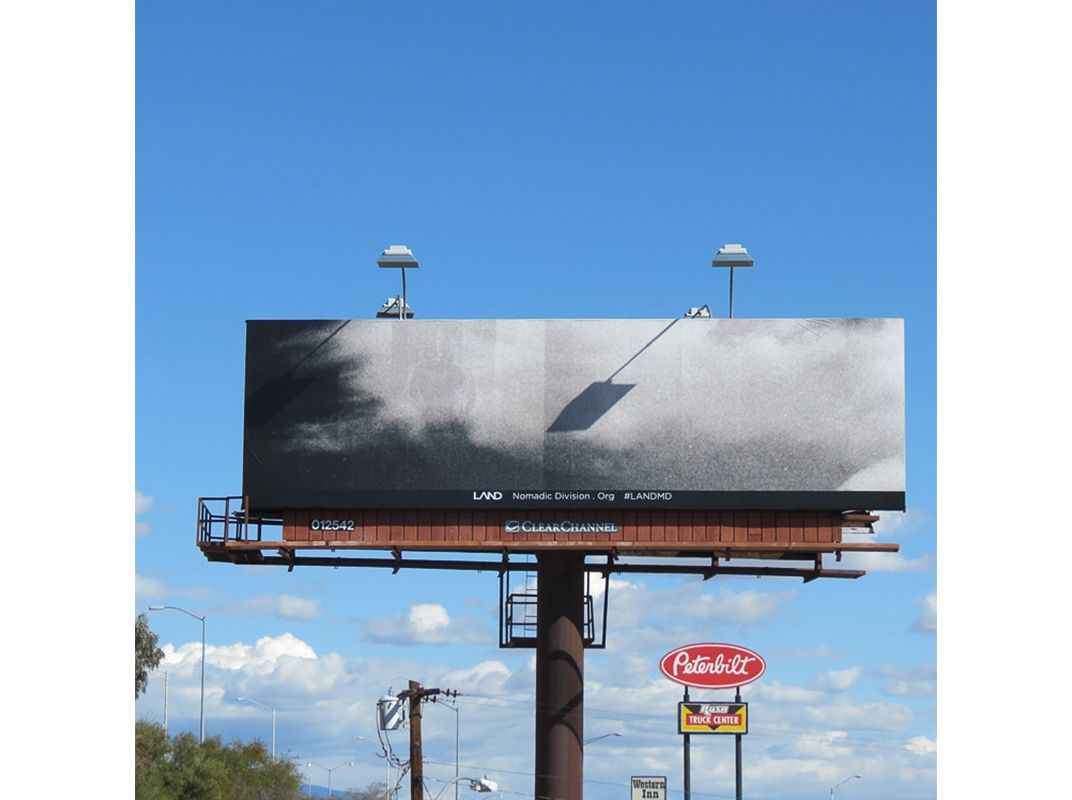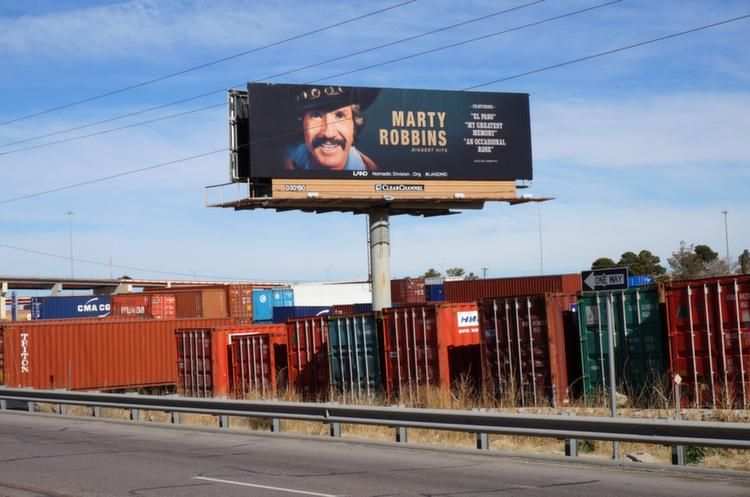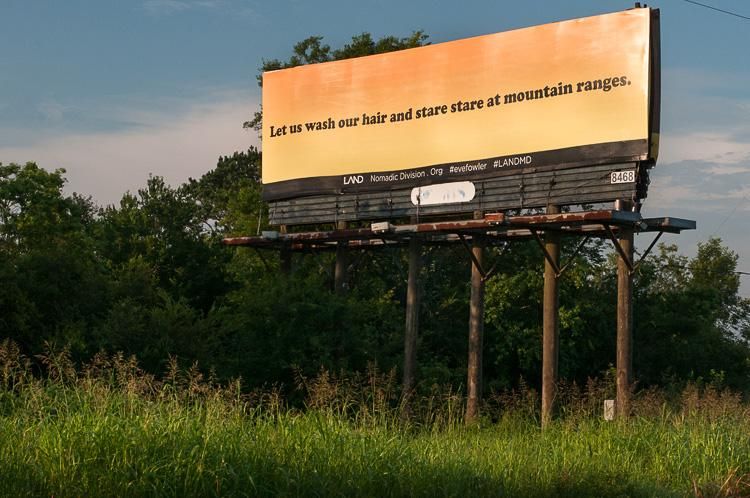This Wildly Creative Art Project Transformed an Ugly Interstate Into a 2,400-Mile-Long Visual Masterpiece
Zoe Crosher and Shamim Momin are behind the effort to turn the classic American eyesore into true art
/https://tf-cmsv2-smithsonianmag-media.s3.amazonaws.com/filer/bd/1a/bd1a4327-ed74-479d-9b9a-8248cd2353d3/dec2015_f15_visualartswinner.jpg)
Zoe Crosher spent a few years driving between Los Angeles, where she lives, and Tempe, Arizona, where her boyfriend was studying. That’s 380 miles each way; she had a lot of time to think. “There’s a moment where you cross the state border that’s very bleak,” she says. “It’s deep desert, and you’re wondering, ‘Where’s L.A.? Where’s California? Am I there yet?’” An artist whose multimedia works often explore the disconnect between fantasy and reality, Crosher imagined punctuating the arid expanse with a succession of billboards showing a lush Shangri-La of greenery “that sort of dies as you approach L.A., this decaying promise.”
She envisioned other artists interpreting her vision as well, and took the idea to Shamim Momin, the founder and director of the Los Angeles Nomadic Division (LAND), a nonprofit organization that generates and oversees public-art projects. Momin, a former curator for the Whitney Museum of American Art in New York City, took Crosher’s idea a step further: Why not expand it to cover all 2,460 miles of Interstate 10, from Jacksonville, Florida, to Los Angeles? Why not break it up into ten “chapters” of ten billboards each, and give each chapter to a different artist? And so the “Manifest Destiny Billboard Project” was born, named for the mid-19th-century concept that assigned noble purpose to the nation’s westward expansion even as it left a legacy of brutality and loss.
To get a sense of the terrain and logistics involved, Momin and two other members of LAND spent 12 days driving the length of I-10 and photographed all the existing billboards along the way—more than 5,000 shots in all. “It was pretty insane,” Momin says. “One forgets how giant the U.S. is.”
Crosher says that as co-curators, they “wanted artists who were dealing with language in some capacity.” And Momin says they sought artists “who could engage the idea [of manifest destiny] and find something innovative in the [billboard] format.” Enlisting the artists proved simpler than getting the donated or discounted billboard space.
“I liked thinking about who sees the billboards and how they’re different from your more expected art audience,” says L.A.-based artist Shana Lutker. “They have no choice—they’re driving by and have to see them.” Once her chapter, “Onward and Upward,” launched the project in Jacksonville in October 2013 with images of skies juxtaposed against the real sky, the billboards unfurled westward every two months over the next 20 months.
Eve Fowler’s series, featuring quotations from Gertrude Stein, showed “there can be something poetic about being stuck in traffic,” the Houston Chronicle’s Maggie Galehouse wrote. The acclaimed California artist John Baldessari, at age 84 the group’s elder statesman, provoked commuters in San Antonio by pairing images of a giant gear and a man in a hammock—work and play. Crosher realized her vision of greenery shriveling on the road out of the desert and toward Los Angeles.
Then there were Daniel R. Small’s billboards in Las Cruces, New Mexico: He superimposed scrambled text from the Los Lunas Decalogue Stone, whose paleo-Hebrew inscription was said to be a pre-Columbian version of the Ten Commandments (and debunked as a hoax), on photographs of the California desert site where Cecil B. DeMille buried his Egyptian set after filming The Ten Commandments. Onlookers harassed Small’s billboard installers, shouting that the messages were Satanic or alien or extremist. “You never know,” one told the Las Cruces Sun-News. “We’re close to the border, and you think that ISIS or some other subversives might be trying to get at us.”
“I thought there’d be some debate,” Small says, “but I didn’t see that coming.”
**********
Ten artists enlisted in the Manifest Destiny Billboard Project:










**********
